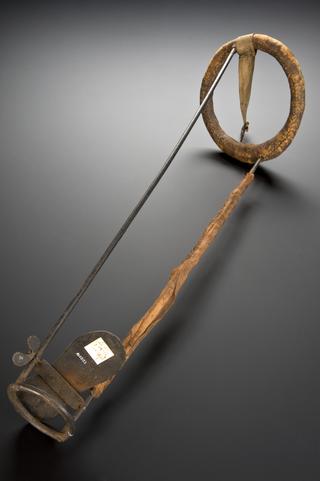
Hugh Owen Thomas 1834 - 1891
Hugh Owen Thomas was one of the great early pioneers of orthopaedic surgery. Born into a family steeped in the secrets of bone-setting, Thomas introduced a series of treatments and devices - including the Thomas splint - that would help revolutionise orthopaedic practice.
Unfortunately, the impact of these new ideas was limited in his lifetime. Instead it was left to his celebrated nephew, Sir Robert Jones, to further popularise the innovations that had originated with his uncle and mentor.
Unlike previous generations of his family, Thomas was medically qualified, and he combined this conventional training with the knowledge of bone-setting that was handed down to him. Establishing a practice in Liverpool, he began to treat the numerous local children left disabled and deformed by skeletal tuberculosis, polio, and rickets. Working on the principle that rest and immobilisation was best for limbs and joints inflamed by these illnesses, he devised numerous adjustable splints and frames to apply to his young patients. These could be left in place for years.
Thomas’s methods gained some acceptance, but wider take-up was slow. This was not helped by his abrasive personality. He was quick to criticise his peers, who in turn viewed him as a provincial upstart rather than as a gentleman like themselves. The result was numerous children left untreated and out of sight in homes and hospitals. It was only with the First World War - 25 years after his death - that Thomas’s methods finally gained greater acceptance. Championed by Sir Robert Jones, the use of the Thomas splint alone is believed to have saved the lives of thousands of soldiers who would otherwise have died from their limb injuries.
